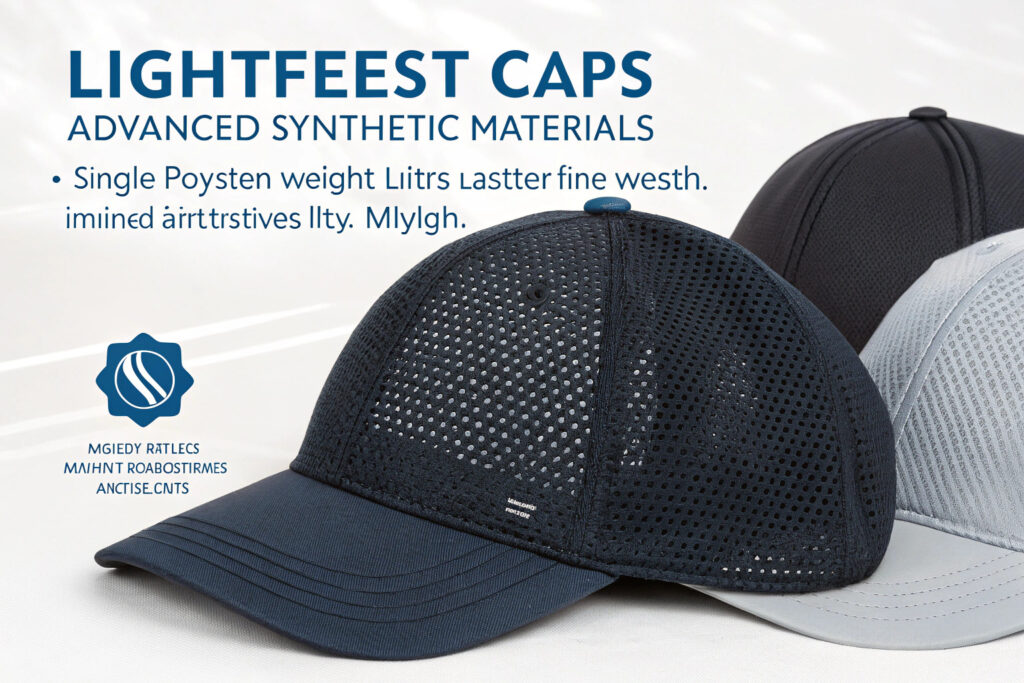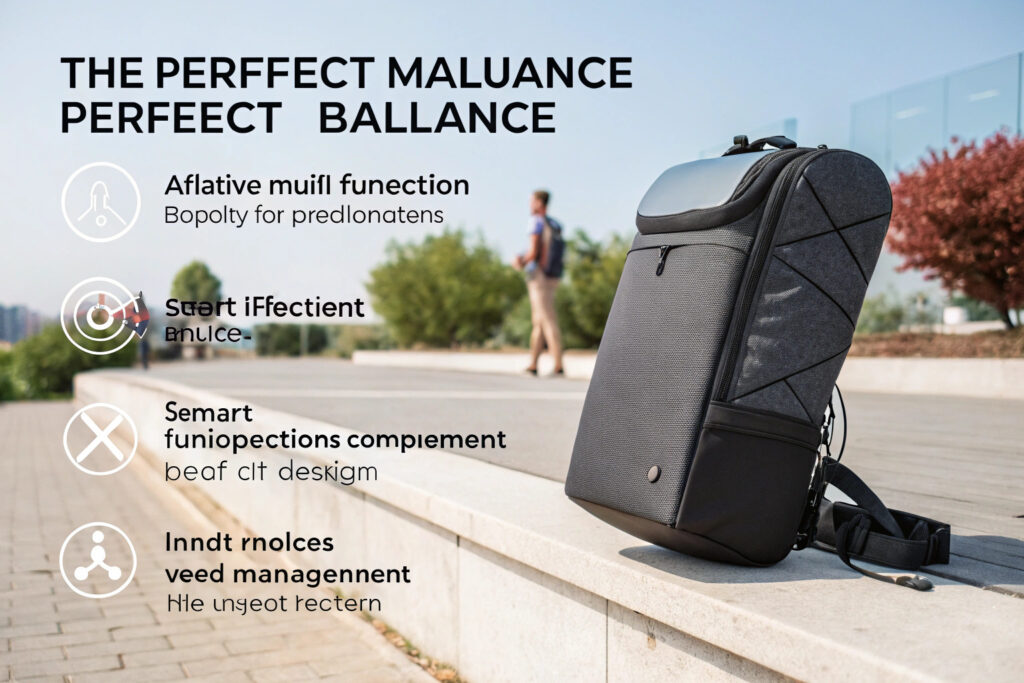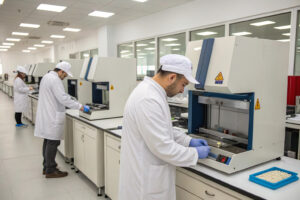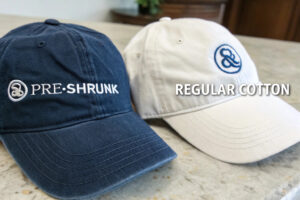Every gram counts when you're running 26.2 miles. The wrong cap can feel like a lead weight by mile 20, trapping heat and causing discomfort that distracts from your performance. Many runners underestimate how much their headwear impacts their overall race experience and finishing time.
The lightest running caps for marathon events are typically made from advanced technical fabrics like single-layer polyester mesh, ultra-light nylon, and specialized blends featuring moisture-wicking and quick-dry properties, often weighing between 15-30 grams. These caps combine minimal weight with maximum functionality, offering essential ventilation, sun protection, and sweat management without adding burdensome weight to your race-day load.
This guide will help you find the perfect balance between featherlight comfort and essential performance features. We'll explore the specific materials that achieve this minimal weight, the design elements that enhance ventilation, and how to choose the right cap based on your personal racing needs and conditions.
Which materials make running caps ultra-lightweight?
The quest for the lightest possible cap begins with material selection. Traditional cotton and heavy polyester fabrics have no place in elite marathon headwear where every ounce matters.
The lightest caps utilize advanced synthetic materials specifically engineered for minimal weight and maximal airflow. These include single-layer polyester mesh, ultra-fine nylon, and proprietary blends that sacrifice nothing in durability while achieving remarkable weight reduction through innovative weaving and knitting technologies.

How does polyester mesh achieve such low weight?
Polyester mesh creates exceptional lightness through its porous construction. Unlike solid fabrics, mesh contains thousands of tiny openings that eliminate material while maintaining structural integrity. Advanced knitting techniques produce what's known as "single-layer mesh" where the fabric is created as one continuous piece without additional lining or layers. This construction can reduce weight by up to 60% compared to traditional double-layer caps. The Moisture Wicking properties of polyester ensure sweat is quickly evaporated through these openings, preventing the cap from becoming water-logged and heavy during prolonged exertion.
What are the advantages of ultra-light nylon fabrics?
Ultra-light nylon offers a different approach to weight reduction through incredibly fine denier threads woven into exceptionally tight, lightweight fabrics. Nylon's inherent strength allows manufacturers to use thinner threads without compromising durability. Many premium running caps use nylon fabrics weighing less than 30 grams per square meter while still providing UPF 50+ sun protection. The smooth surface of nylon also creates less friction against the air, contributing to that effortless feeling during fast-paced running. These fabrics often feature DWR (Durable Water Repellent) treatments that cause sweat to bead up and roll off rather than being absorbed.
What design features enhance lightweight performance?
Material alone doesn't determine a cap's weight—design engineering plays an equally crucial role. Intelligent design eliminates unnecessary material while optimizing the cap's functionality for running.
The most effective design features for lightweight performance include strategic ventilation panels, minimal seam construction, simplified brim designs, and the elimination of non-essential components. These elements work together to reduce weight while maintaining the cap's structural integrity and protective functions.

How does ventilation panel placement reduce weight?
Strategic ventilation panel placement serves the dual purpose of removing material and enhancing airflow. The most effective designs place mesh panels precisely where heat buildup occurs: along the forehead, across the crown, and behind the temples. Some advanced caps feature what designers call "360-degree ventilation" with mesh extending completely around the head. This approach can remove up to 40% of the solid fabric surface area while actually improving the cap's cooling performance. The result is a cap that weighs less and functions better than its solid-fabric counterparts.
Why are seamless constructions lighter?
Traditional cap construction involves multiple fabric pieces sewn together with overlapping seams that add weight and create pressure points. Advanced manufacturing techniques now enable seamless knitting where the cap's crown is created as a single continuous piece without seams. This eliminates the need for extra thread and fabric overlaps, reducing overall weight while providing a more comfortable fit that doesn't chafe during hours of repetitive motion. Seamless construction also distributes tension more evenly across the cap, allowing manufacturers to use lighter materials without worrying about stress concentrations at seam points.
How do you balance light weight with essential features?
The lightest cap in the world is useless if it doesn't perform its essential functions. The challenge for manufacturers is eliminating weight without sacrificing the features that make a running cap valuable.
The optimal balance comes from strategic material placement, multi-functional components, and intelligent design choices that provide sun protection, sweat management, and comfort at the absolute minimum weight possible.

Can a lightweight cap still offer good sun protection?
Absolutely. Sun protection comes from the fabric's weave density and potential chemical treatments, not necessarily its weight. Many ultra-light meshes provide UPF 30-50+ protection through tight knitting patterns that block UV rays while still allowing air circulation. The most advanced caps use UV protective finishes that are applied at the molecular level during manufacturing, adding negligible weight while providing crucial protection during long hours in the sun. The brim design is also crucial—a slightly wider brim made from lightweight plastic or foam-core material can provide significant shade without substantial weight penalty.
How is sweat management maintained in lightweight designs?
Sweat management in ultra-light caps shifts from absorption to evaporation and diversion. Instead of using thick sweatbands that add weight, the best designs incorporate moisture-wicking treatments that pull sweat away from the forehead to larger surface areas where it can evaporate quickly. Some caps feature subtle silicone grippers or channeling along the forehead area that directs sweat away from the eyes without requiring additional fabric. The emphasis is on moving moisture efficiently rather than absorbing it, preventing the cap from becoming heavy with retained sweat during your race.
What are the weight comparisons between different cap types?
Not all running caps are created equal when it comes to weight. Understanding the typical weight ranges for different construction types helps you make informed decisions about your marathon headwear.
The lightest options are specialized racing caps specifically designed for marathoners, followed by performance running caps, with traditional baseball-style caps being significantly heavier. The difference between categories can be as much as 50-70 grams—a substantial amount when you're trying to set a personal best.

How much do specialized racing caps typically weigh?
True marathon-specific racing caps typically weigh between 15-30 grams—lighter than many watches. These are often constructed from a single layer of premium mesh with minimal structural elements. The lightest models we've developed at Global-Caps use aerospace-inspired design principles and weigh just 18 grams, which is approximately the weight of three sheets of printer paper. At this weight level, runners often report forgetting they're wearing a cap at all, which is the ultimate goal for race-day equipment.
How does this compare to standard running caps?
Standard performance running caps typically weigh between 35-60 grams, while traditional cotton or heavy polyester caps can weigh 80-120 grams or more. The difference between a 20-gram racing cap and a 100-gram traditional cap is equivalent to carrying an extra energy gel on your head for the entire marathon distance. This weight differential becomes increasingly noticeable as fatigue sets in during the latter stages of the race. For serious marathoners, selecting a cap from the specialized racing category provides a meaningful advantage.
Conclusion
Choosing the lightest running cap for your marathon involves more than just picking the smallest number on a spec sheet. It's about finding the optimal combination of advanced materials, intelligent design, and essential performance features that work for your specific needs. The perfect marathon cap should disappear from your awareness during the race while providing unnoticed protection from the elements.
At Global-Caps, we specialize in developing performance headwear that meets the exacting standards of distance runners. Our ultra-light running caps incorporate the latest material innovations and design insights from athletes who understand what it takes to perform over 26.2 miles. If you're looking for headwear that gives you one less thing to think about on race day, contact our Business Director Elaine at elaine@fumaoclothing.com. Let us help you shave off those extra grams so you can focus on achieving your personal best.







